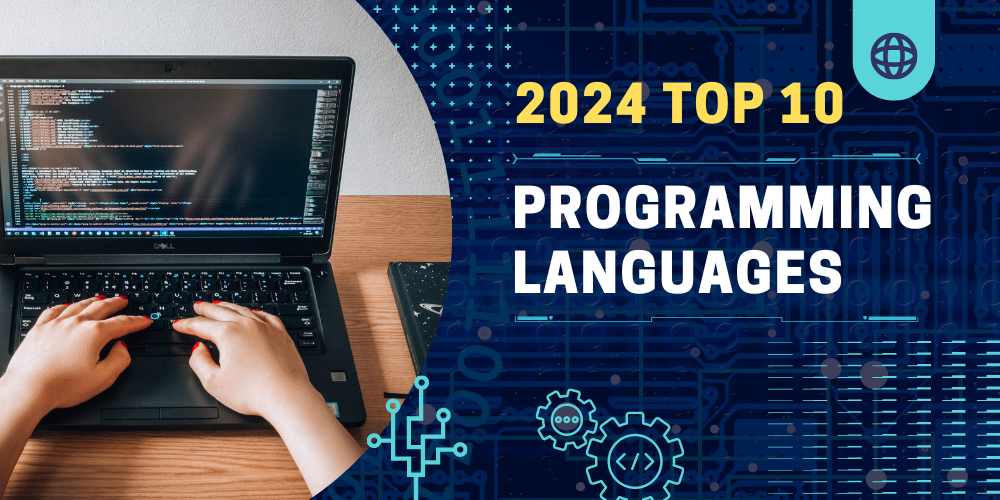Table of Contents
Introduction to Programming Languages
Programming Languages – In the ever-evolving realm of software development, understanding the most relevant programming languages is paramount. This guide offers insight into the top 10 programming languages that every developer should prioritize mastering. From web development to artificial intelligence, these languages serve as the foundation for building robust and scalable applications. Additionally, coding examples are provided to facilitate practical learning.
1. Python: Versatility and Simplicity
Python’s widespread adoption stems from its simplicity and versatility. From web development to data analysis and machine learning, Python excels in various domains. Below is a basic Python example:
Python
print("Hello, World!");2. JavaScript: Powering Web Applications
JavaScript drives interactive and dynamic web applications, making it indispensable for both front-end and back-end development. Here’s a simple JavaScript example:
javascript
alert("Hello World");3. Java: Enterprise-Grade Solutions
Java remains a cornerstone in enterprise software development due to its platform independence and robustness. Here’s a Java example showcasing its simplicity:
java
public class HelloWorld {
public static void main(String[] args) {
System.out.println("Hello, World!");
}
}4. C++: Performance and Control
C++ is renowned for its performance and control, ideal for system programming and resource-constrained environments. Here’s a basic C++ example:
cpp
#include <iostream>
int main()
{
std::cout << "Hello, World!" << std::endl;
return 0;
}5. C#: Windows Application Development
C# integrates seamlessly with the .NET framework, making it a go-to choice for Windows applications, web applications, and games. Here’s a simple C# example:
csharp
using System;
class Program {
static void Main(string[] args) {
Console.WriteLine("Hello, World!");
}
}6. Ruby: Elegant and Productive Development
Ruby’s elegant syntax and focus on developer happiness make it popular for web development, especially with the Ruby on Rails framework. Here’s a basic Ruby example:
ruby
puts "Hello, World!"7. Swift: Crafting iOS and macOS Apps
Swift is Apple’s modern programming language, known for its safety features and performance. It’s ideal for building robust applications for iOS, macOS, watchOS, and tvOS. Here’s a basic Swift example:
swift
print("Hello, World!")8. TypeScript: Scaling JavaScript Projects
TypeScript adds static typing to JavaScript, easing the management of large-scale projects. Here’s a TypeScript example:
typescript
console.log("Hello, World!");9. SQL: Effective Data Management
Structured Query Language (SQL) is essential for managing and querying relational databases. Here’s a simple SQL query:
sql
SELECT * FROM Customers;10. Go: Building Scalable Backend Systems
Go, developed by Google, is gaining popularity for its simplicity and concurrency support. It’s ideal for building scalable backend systems. Here’s a basic Go example:
go
package main
import "fmt"
func main() {
fmt.Println("Hello, World!")
}Mastering these top 10 programming languages equips developers with the skills needed to tackle a wide range of projects and excel in their software development careers. Start exploring and coding your way to success today!
Check Another Blogs

